Home>Garden Essentials>Where Was The Four-Field Crop Rotation Invented?
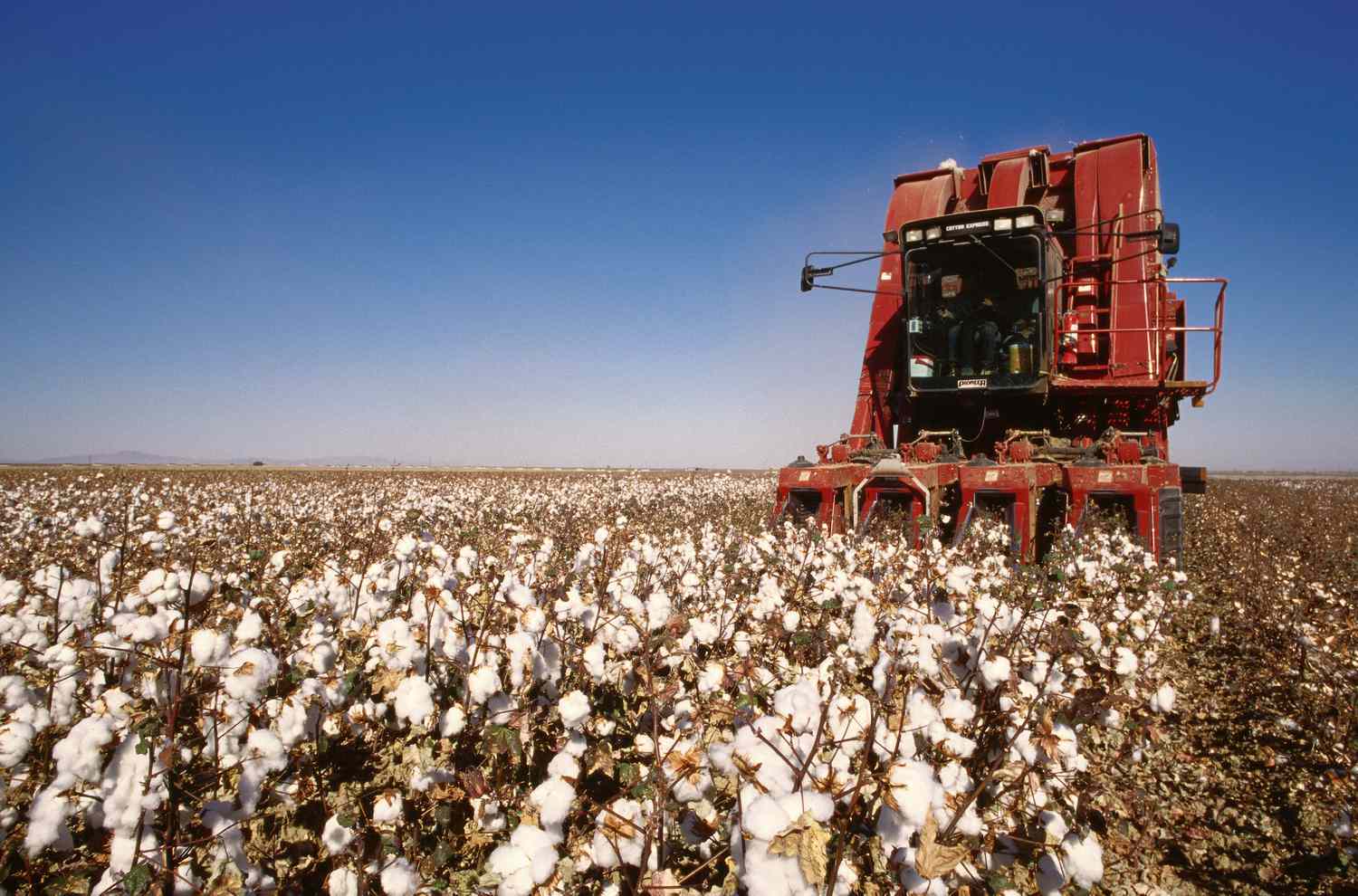

Garden Essentials
Where Was The Four-Field Crop Rotation Invented?
Modified: March 24, 2024
Discover the origin of the four-field crop rotation method and its importance in gardening. Find out where it was invented and how it revolutionized agriculture.
(Many of the links in this article redirect to a specific reviewed product. Your purchase of these products through affiliate links helps to generate commission for Storables.com, at no extra cost. Learn more)
Introduction
Crop rotation is a centuries-old agricultural practice that involves systematically planting different crops in a specific sequence on the same piece of land. This practice offers numerous benefits, including improved soil fertility, reduced pest infestations, and increased crop yields. The concept of crop rotation has been widely adopted around the world, but do you know where it originated?
In this article, we will delve into the history of crop rotation and uncover the origins of the four-field crop rotation system. We will explore how ancient civilizations developed and refined this technique, and how it has been adapted and influenced by different cultures and regions.
By understanding the origins and evolution of four-field crop rotation, we can gain a deeper appreciation for its significance in sustainable agriculture and its impact on food production throughout history.
Key Takeaways:
- Crop rotation, like the four-field system, began in Norfolk, England, and has been vital for sustainable farming worldwide. It helps maintain soil health, increase crop yields, and reduce pests.
- Ancient civilizations, like the Sumerians and Egyptians, also used crop rotation to sustain agriculture. This practice has evolved and adapted across different cultures and regions to meet local farming needs.
Read more: What Is Four-Crop Rotation?
History of Crop Rotation
The practice of crop rotation dates back thousands of years, with evidence suggesting that ancient civilizations recognized the importance of diversifying their crops to maintain soil fertility. However, it was not until the Middle Ages that the concept of four-field crop rotation, also known as the Norfolk system, emerged as a systematic approach.
Prior to the Middle Ages, farmers relied on simple two-field crop rotation systems. In this traditional method, one field would be cultivated with a crop during a growing season, while the other field lay fallow. This allowed the soil to recover its nutrients during the fallow period, but it limited the crop variety and ultimately led to soil exhaustion over time.
The need for more sustainable agricultural practices became evident, leading to the development of more advanced crop rotation techniques. The four-field crop rotation system was a significant breakthrough in sustainable farming and revolutionized agricultural productivity.
The four-field crop rotation system involved dividing the arable land into four sections or fields. Each field was assigned a specific crop, and the crops would rotate cyclically. For instance, the first field may be planted with wheat or rye, followed by field peas or beans in the second field, then barley or oats in the third field, and finally fallow or a cover crop in the fourth field.
This rotational sequence ensured that each crop had its turn in every field, allowing for proper soil nutrient replenishment and reducing the risk of pest and disease build-up. The inclusion of leguminous crops, like peas or beans, in the rotation also helped fix nitrogen in the soil, further enhancing soil fertility.
The adoption of four-field crop rotation was a game-changer, contributing to increased agricultural productivity and sustained food production. It allowed farmers to maintain soil fertility, which in turn resulted in higher crop yields and better farming outcomes.
Over time, the concept of crop rotation expanded beyond just the four-field system. Farmers experimented with different crop combinations, timing, and techniques to suit their specific regions and climatic conditions. This diversity in crop rotation methods continues to be practiced worldwide, with each approach tailored to local agricultural needs.
Today, crop rotation remains a fundamental practice in modern agriculture, with some farmers incorporating additional techniques, such as intercropping or cover cropping, to further optimize their crop rotations.
As we explore the origins of four-field crop rotation, it is crucial to acknowledge the influence of ancient civilizations in developing and refining this agricultural practice. Let us dive into the origins of four-field crop rotation and the role played by these ancient cultures in shaping sustainable farming.
The Origins of Four-Field Crop Rotation
The exact origins of four-field crop rotation can be traced back to the Middle Ages in Europe, particularly in the region of Norfolk, England. It was here that innovative farmers devised and implemented this method as a more sustainable way of managing their lands.
While the precise inventors of the four-field crop rotation system are unknown, the practice gained significant traction and recognition in the 17th century, thanks to the efforts of prominent agriculturalists like Charles Townshend and Thomas Coke, the Earl of Leicester.
Charles Townshend, known as “Turnip” Townshend due to his pioneering use of turnips as a fodder crop, played a crucial role in promoting the adoption of four-field crop rotation. He emphasized the benefits of growing turnips as a nutritious feed for livestock and as a means of improving soil fertility.
The Earl of Leicester, Thomas Coke, further popularized four-field crop rotation by implementing it on his vast agricultural estate in Holkham, Norfolk. His success in demonstrating increased crop yields and improved soil health through this system inspired other farmers to follow suit.
While four-field crop rotation became widely associated with Norfolk, its adoption spread beyond England. Farmers in Scotland, France, and other European countries began implementing similar rotation systems, albeit with variations based on local conditions and agricultural practices.
Interestingly, the concept of crop rotation and soil fertility management was not exclusive to Europe. Ancient civilizations in various parts of the world also employed similar practices to enhance agricultural productivity.
Ancient Chinese agriculture, for example, practiced a form of crop rotation known as “san nong” or “three fields and two fallows” as early as the 6th century BCE. This system involved dividing the land into three parts, one of which was always left fallow to allow the soil to rest and regain fertility.
In ancient Rome, the famous agricultural writer, Cato the Elder, advocated for the use of crop rotation in his writings during the 2nd century BCE. He emphasized the significance of diversifying crops and allowing fields to rest to maintain soil fertility.
It is clear that the principles of crop rotation and soil fertility management have had a long history spanning different civilizations and continents. The specific techniques and crops may have varied, but the underlying concept of alternating crops and fallow periods for sustainable agriculture remains consistent.
As we delve deeper into crop rotation techniques around the world, we will uncover more fascinating adaptations and influences that have shaped farming practices throughout history.
The Role of Ancient Civilizations in Crop Rotation
Ancient civilizations played a crucial role in the development and cultivation of crop rotation practices. These innovative farming techniques were born out of necessity as early societies sought ways to sustain their agricultural productivity and ensure food security.
In ancient Mesopotamia, considered the cradle of civilization, the Sumerians implemented a form of crop rotation known as “barley and sesame rotation” as early as 6000 BCE. This rotational system involved alternately planting barley one year and sesame the next to prevent soil exhaustion and maintain soil fertility.
The ancient Egyptians also recognized the importance of crop rotation in their agricultural practices. They practiced a three-year crop rotation cycle, known as “Nile rotation.” This system involved growing two successive years of cereal crops, such as wheat or barley, followed by a year of leguminous crops, like lentils or beans. This cycle allowed for soil restoration and the replenishment of nutrients necessary for sustained crop yield.
Ancient Greece, known for its contributions to various fields including agriculture, also understood the benefits of crop rotation. The Greek philosopher and mathematician Pythagoras encouraged farmers to rotate their crops to improve soil fertility during the 6th century BCE. His teachings emphasized the importance of maintaining a balance in agricultural practices to promote sustainable farming.
As we move further east, ancient Chinese agricultural practices also incorporated crop rotation. The Chinese utilized a system known as “jia zhi” or “mixed planting” during the Zhou Dynasty (1046 – 256 BCE). This method involved planting multiple crops, such as millet, beans, and rice, in a single field to maximize productivity and enhance soil fertility.
Ancient civilizations in the Americas also developed their own unique crop rotation techniques. The Mayans, for example, employed a form of “milpa” farming, where maize, beans, and squash were planted together in a rotational cycle. The maize provided support for the beans to climb, while the squash provided ground cover, reducing weeds and protecting the soil from erosion.
The Incas of ancient Peru implemented a terracing system that allowed them to grow a variety of crops on different levels. By strategically rotating their crops, they prevented soil erosion and maximized agricultural output in the challenging mountainous terrain.
These examples demonstrate that crop rotation practices were not limited to specific regions or cultures. Ancient civilizations across the globe recognized the importance of diversifying their crops and preserving soil fertility through rotational methods.
The knowledge and techniques developed by these ancient civilizations served as the foundation for future agricultural practices. As we explore crop rotation techniques around the world, we will uncover how diverse cultures and regions have adapted and built upon these ancient principles to meet their specific agricultural needs.
The four-field crop rotation was invented in the 18th century by British farmer Charles Townshend, also known as Turnip Townshend. This system helped improve soil fertility and crop yields.
Crop Rotation Techniques Around the World
Crop rotation techniques have evolved and diversified across different regions of the world. While the underlying concept remains consistent – alternating crops to maintain soil fertility and reduce pest infestations – the specific rotations and techniques employed vary based on climate, soil type, and cultural practices.
In Europe, besides the four-field crop rotation system popularized in Norfolk, other rotational patterns have been implemented. One such example is the “East Anglian” rotation, which includes a sequence of crops such as wheat, barley, oats, and fallow. This rotation was commonly used in the lowland areas of England.
In Mediterranean countries, where dry summers and mild winters are common, farmers adopted different crop rotation techniques. A common rotation in these regions is the “Mediterranean Triad,” which involves alternating legumes, cereals, and fallow periods. This rotation helps balance nitrogen levels in the soil and improves water management.
Asian agriculture has its own distinct crop rotation practices. In Japan, a common rotation system known as “agehama” involves growing rice followed by a cover crop like barley or wheat, and then left fallow. This rotation helps replenish soil nutrients and controls weeds and pests.
In Southeast Asia, the practice of “paddy-fish” rotation is prevalent. Farmers alternate the cultivation of rice paddies with fish farming, where fish are reared in the rice fields during the non-growing season. The fish contribute to the fertility of the rice fields through their waste, and the rice fields provide a habitat for the fish during their growing season.
Africa also has a rich history of crop rotation techniques. One example is the “famine reserve” system used by the Malian farmers. In this rotation, farmers allocate a portion of their fields to grow sorghum and millet, which are stored as a reserve in case of drought or poor harvests. The following year, they plant other crops such as groundnuts or cowpeas, ensuring some level of food security.
In the Americas, Native American tribes developed their own unique crop rotation techniques. The “Three Sisters” rotation is a prime example, practiced by various tribes including the Iroquois and Cherokee. This rotation involves growing corn, beans, and squash together. The corn provides support for the beans, while the squash acts as a ground cover, suppressing weeds and reducing moisture loss from the soil.
These examples illustrate the diversity of crop rotation techniques practiced around the world. Farmers in different regions have tailored their rotations to suit their specific environmental conditions and agricultural needs.
Modern agricultural practices continue to evolve, with farmers incorporating innovative approaches to crop rotation. Some farmers practice intercropping, where different crops are grown together in the same field, optimizing space utilization and nutrient uptake. Others integrate cover crops, which are planted in between main crops to protect and nourish the soil.
By adapting crop rotation methods to local conditions and experimenting with new techniques, farmers continue to enhance sustainability and productivity in agriculture.
Read more: Who Invented Crop Rotation?
Influences and Adaptations of Four-Field Crop Rotation
The four-field crop rotation system, which originated in Norfolk, England, has had a profound impact on agricultural practices worldwide. The concept of rotating crops to maintain soil fertility and optimize yields has been adapted and adopted by various cultures and regions, resulting in a range of influences and adaptations.
One of the significant influences of the four-field crop rotation system was its spread throughout Europe. As word of its benefits and success in Norfolk spread, farmers in other regions began to adopt similar rotational patterns. They incorporated their local crops and adapted the timing of rotations to suit their climates and soil types. This dissemination of knowledge allowed farmers to enhance their agricultural productivity and sustainability.
Furthermore, the adoption of four-field crop rotation influenced the development of agricultural science. Agricultural scientists began to recognize the importance of soil health and crop diversity in maintaining yields. They conducted experiments and research to refine and improve crop rotation techniques, leading to the emergence of more advanced and efficient rotations.
The success of four-field crop rotation also influenced colonization efforts during the colonial era. European settlers brought their agricultural practices, including crop rotation, to new lands they colonized. This had a significant impact on the agricultural landscapes of regions such as North America, Australia, and South Africa, shaping the farming systems and practices in these areas.
In addition to geographical influences, adaptions in crop rotation techniques can be observed within specific industries. For instance, organic farmers have embraced crop rotation as a core principle of their farming methods. They utilize diverse rotations to maintain soil fertility without relying on synthetic fertilizers and pesticides. This approach aligns with the principles of organic farming – promoting sustainability, biodiversity, and environmental stewardship.
Modern agricultural technology and scientific advancements have also allowed for the further optimization and adaptation of crop rotation techniques. Precision agriculture, using technologies like satellite imagery and GPS guidance, enables farmers to more accurately plan their crop rotations and monitor soil health on a small scale. This allows for precise nutrient management and improved overall farm efficiency.
Sustainable farming practices, including agroecology and regenerative agriculture, embrace the principles of crop rotation as well. These approaches focus on holistic land and ecosystem management, incorporating diverse crop rotations to enhance soil health, sequester carbon, and promote biodiversity.
As the global farming community faces new challenges, such as climate change and food security, the influence and adaptation of four-field crop rotation continues to evolve. Farmers are exploring innovative techniques, such as agroforestry – integrating trees and crops in a rotational system – to maximize the benefits of crop rotation and restore degraded landscapes.
The influences and adaptations of four-field crop rotation highlight its enduring significance in sustainable agriculture. Through its spread across continents, its integration into various farming systems, and its continued evolution, crop rotation remains a fundamental practice for ensuring resilient and productive agricultural systems.
Conclusion
Crop rotation, with its origins in Norfolk, England, has played a pivotal role in the history and development of sustainable agriculture. The practice of systematically rotating crops to maintain soil health and enhance yields has been adopted and adapted by ancient civilizations, farmers across the globe, and modern agricultural practices.
From the simple two-field rotation of ancient times to the more advanced four-field crop rotation system, farmers recognized the benefits of diversifying their crops and giving the soil ample time to recover. This practice helped mitigate soil exhaustion, reduced pest and disease pressure, and improved overall agricultural productivity.
Ancient civilizations in Mesopotamia, Egypt, Greece, China, and the Americas all made significant contributions to the development of crop rotation techniques. Their innovative approaches served as the foundation for future agricultural practices and emphasized the importance of soil fertility management for sustained food production.
The Norfolk system of four-field crop rotation, popularized by individuals like Charles Townshend and Thomas Coke, created a blueprint for sustainable farming. The adoption of this system in Europe spread its influence to other regions, shaping agricultural landscapes and practices in different parts of the world.
As agriculture evolved, so did the adaptations of crop rotation techniques. Organic farming, precision agriculture, and sustainable practices like agroecology and regenerative agriculture have all incorporated crop rotation as a fundamental principle. These adaptations continue to enhance soil health, promote biodiversity, and address contemporary challenges faced by the global farming community.
In conclusion, the origins and evolution of crop rotation highlight the importance of maintaining soil fertility, biodiversity, and sustainability in agriculture. Through the influences and adaptations of four-field crop rotation, farmers have been able to optimize crop yields, reduce environmental impacts, and ensure food security. This centuries-old agricultural practice continues to be a cornerstone of sustainable farming worldwide, serving as a reminder of the connection between soil health, agricultural productivity, and the well-being of both people and the planet.
Frequently Asked Questions about Where Was The Four-Field Crop Rotation Invented?
Was this page helpful?
At Storables.com, we guarantee accurate and reliable information. Our content, validated by Expert Board Contributors, is crafted following stringent Editorial Policies. We're committed to providing you with well-researched, expert-backed insights for all your informational needs.
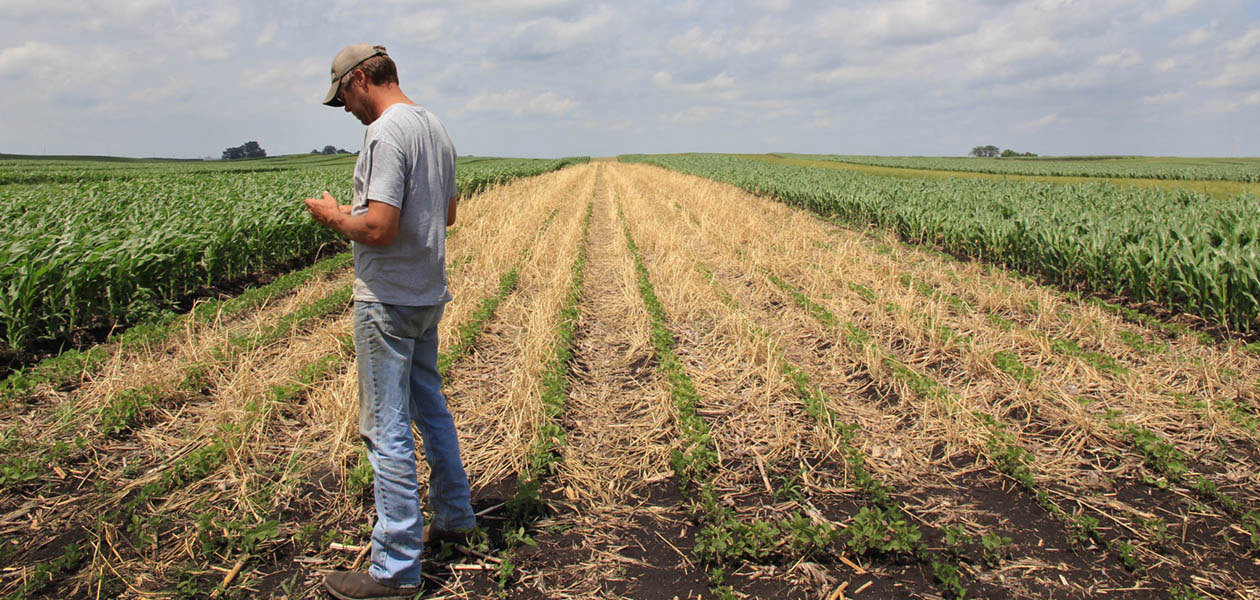

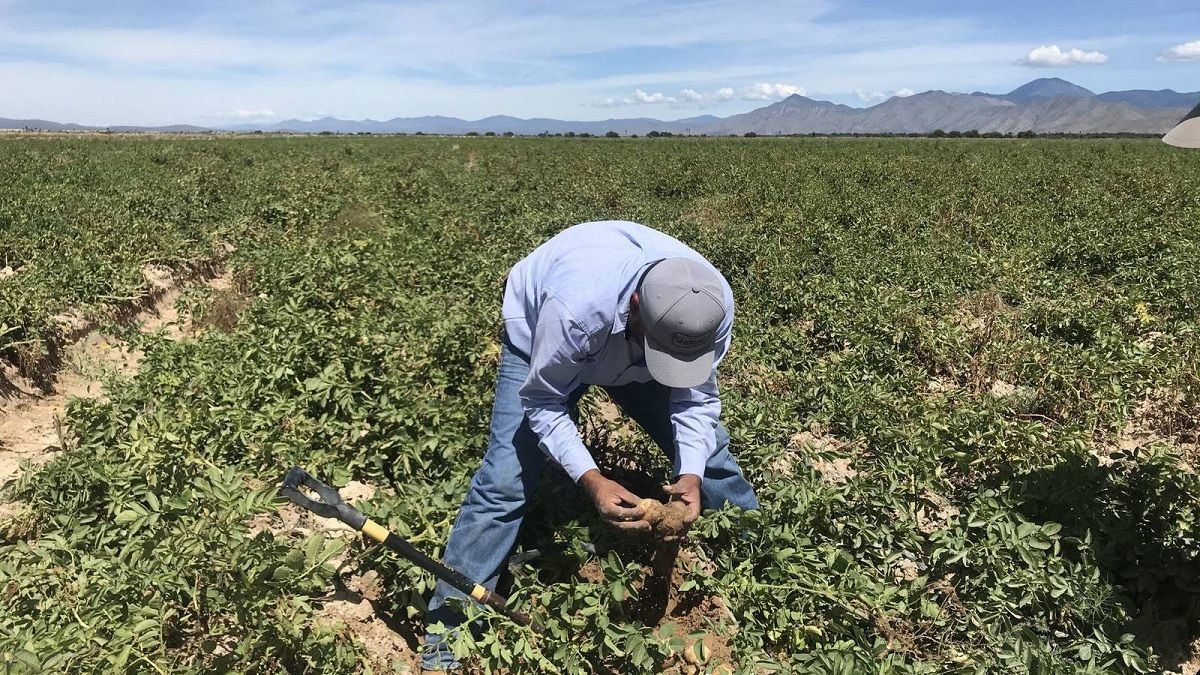
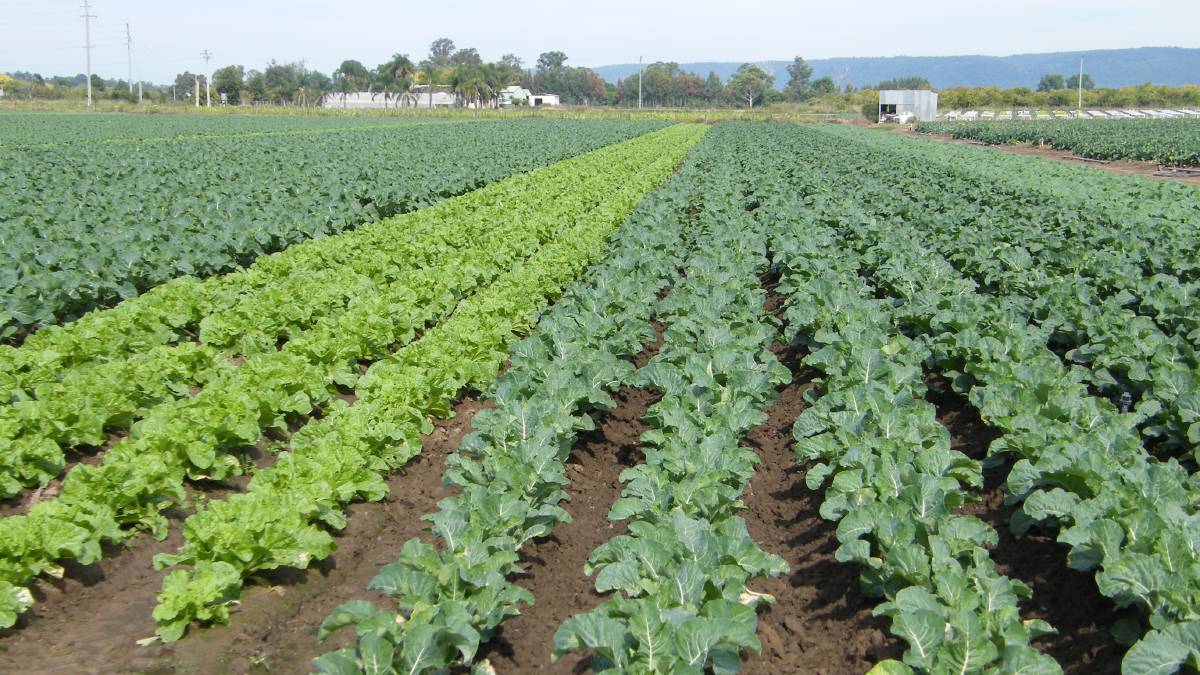
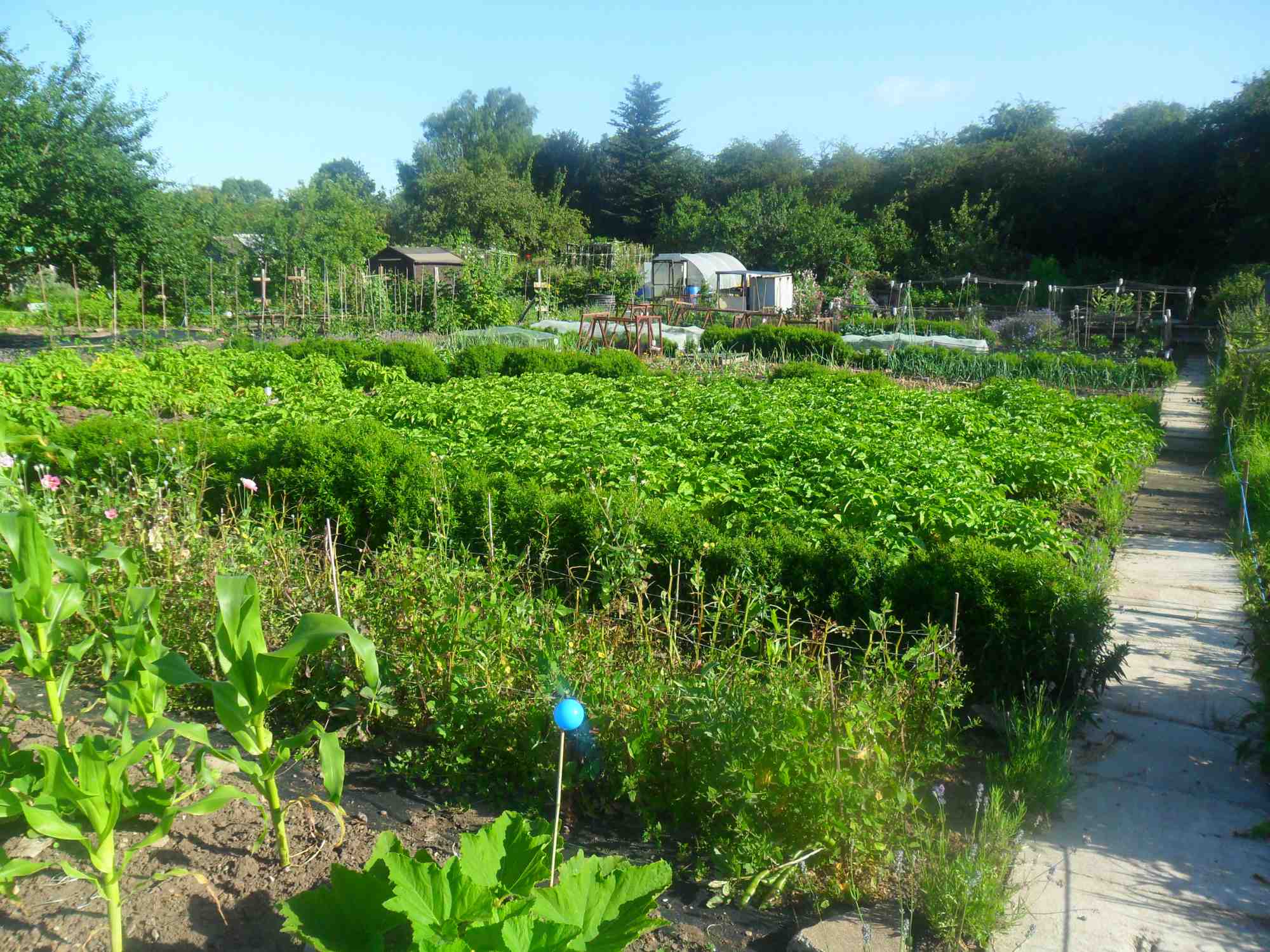
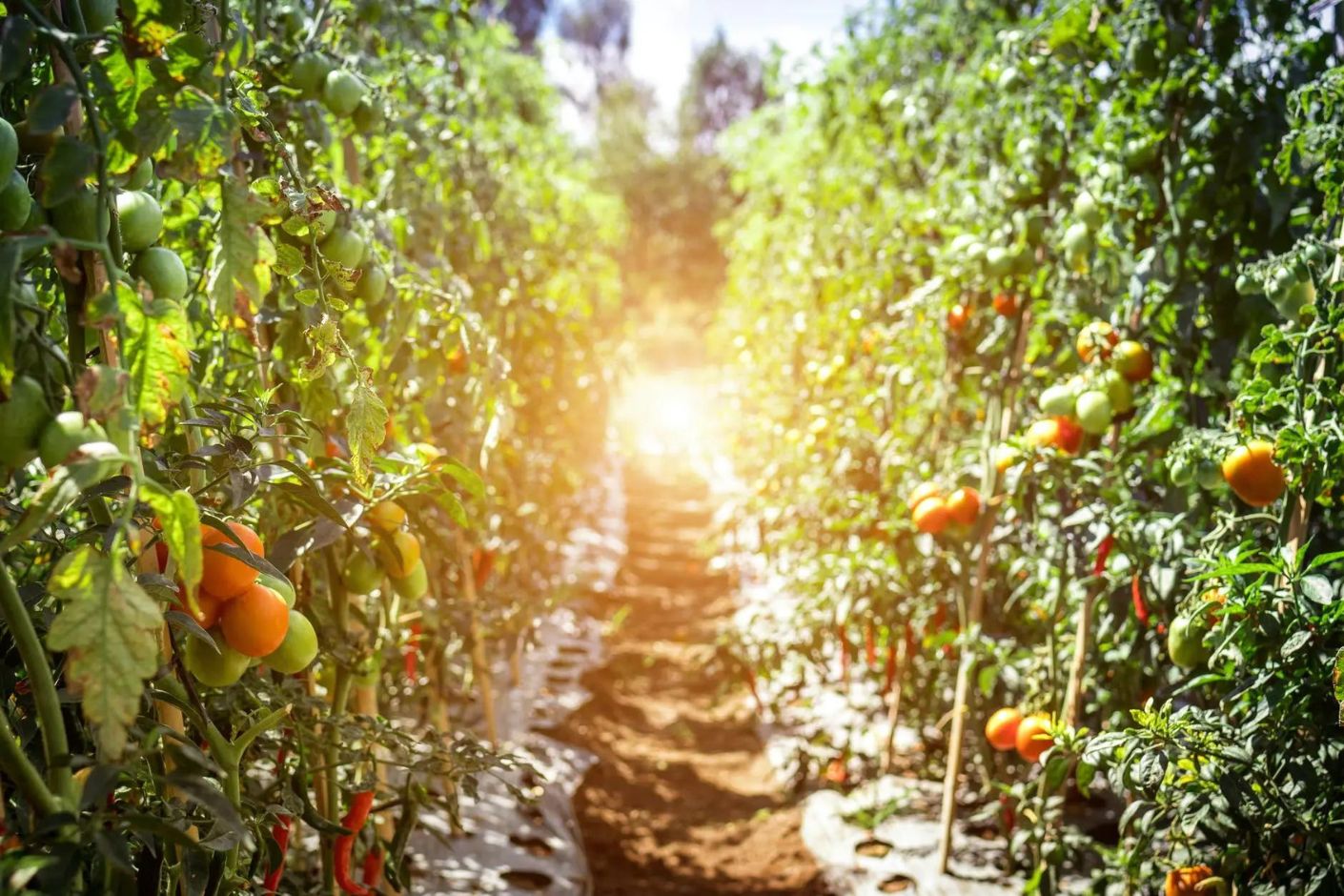

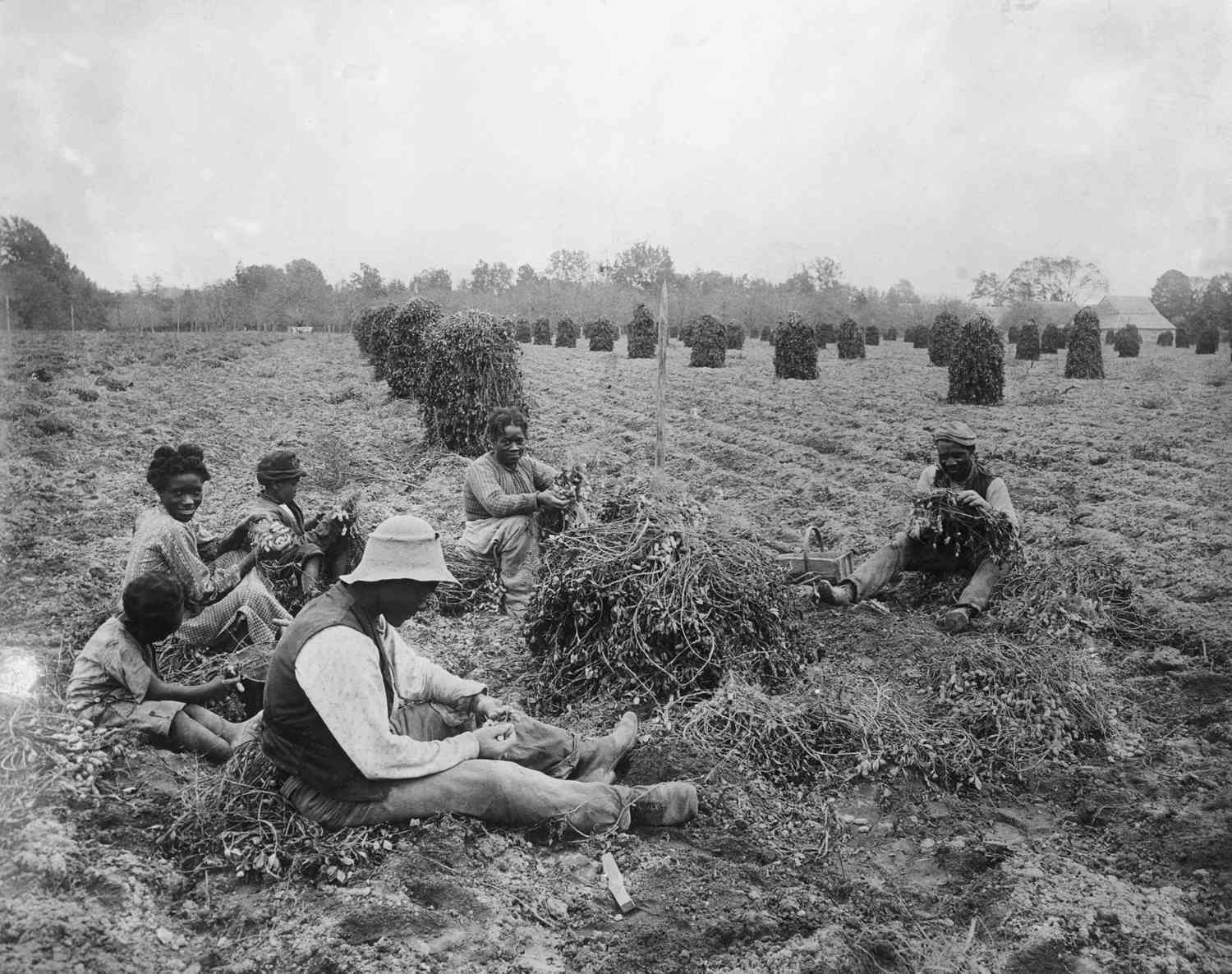


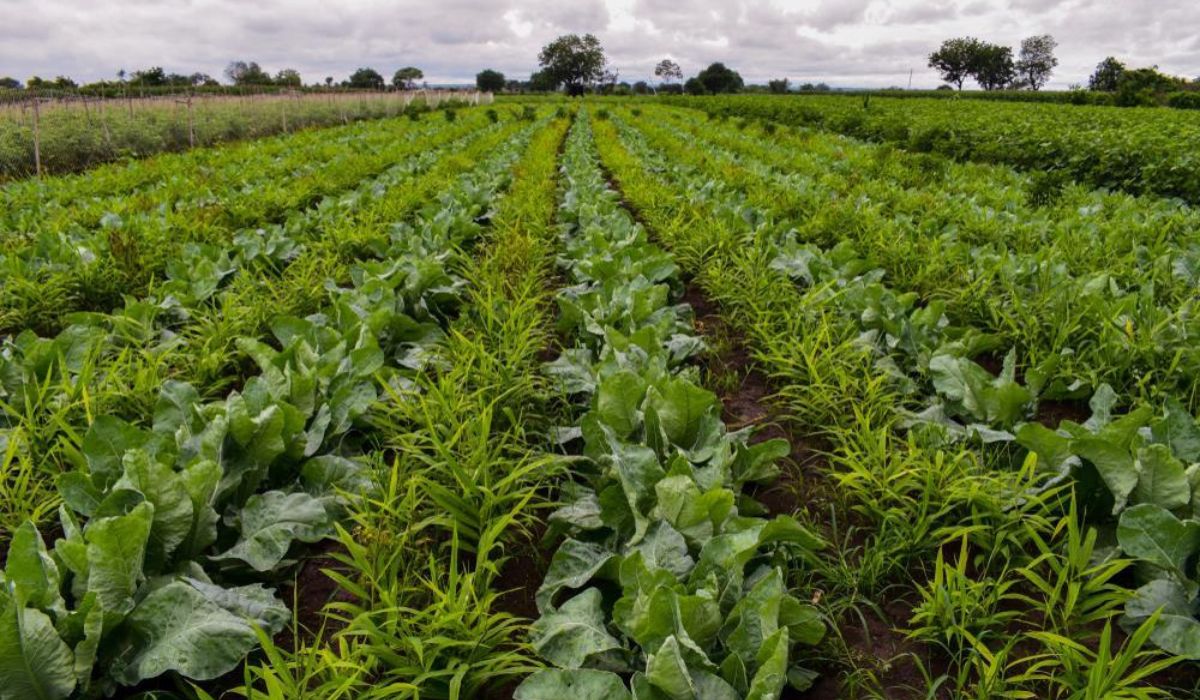


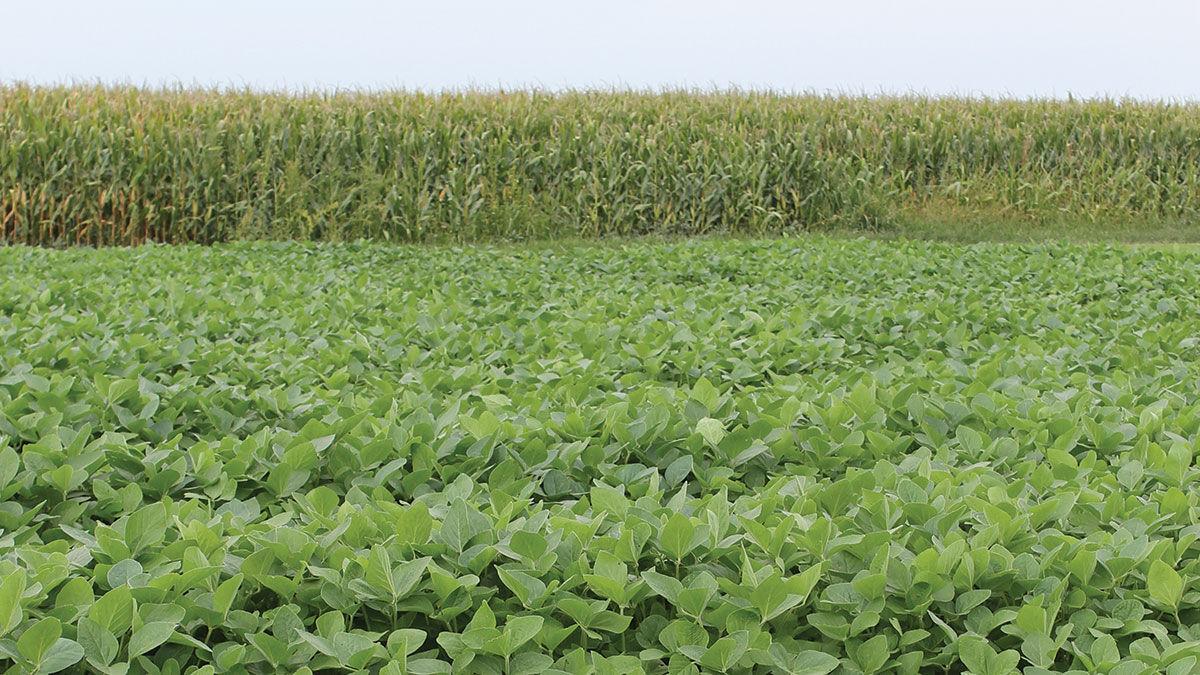

0 thoughts on “Where Was The Four-Field Crop Rotation Invented?”